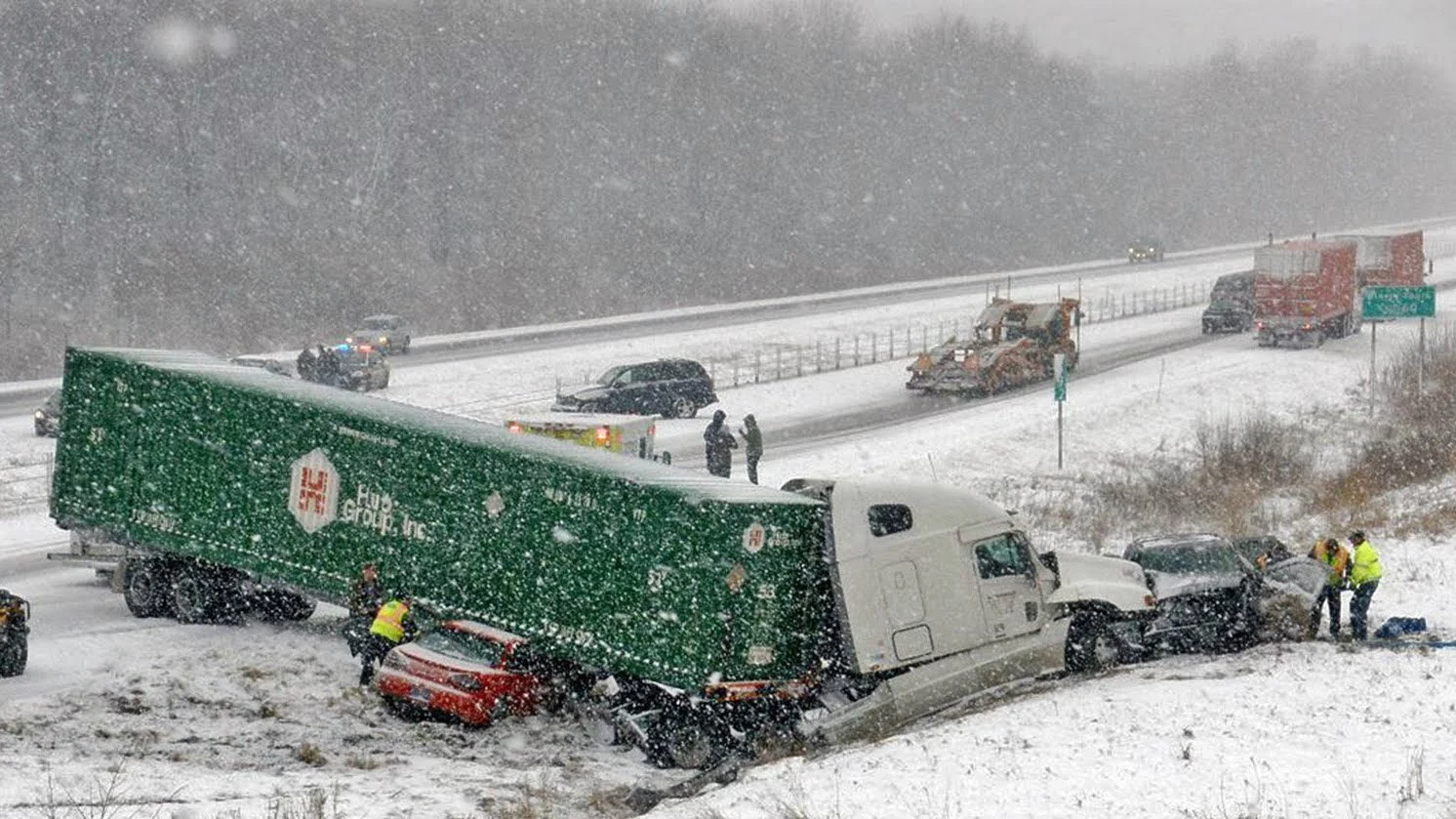If you or someone you know has been involved in a trucking accident, it’s essential to know the right steps to take to ensure your well-being, protect your rights, and gather crucial information. In this article, we will walk you through a step-by-step guide on how to handle a trucking accident, including the importance of immediate action, documentation, and cooperation with authorities.
Step 1: Check for Injuries and Prioritize Medical Assistance
The initial moments after a trucking accident are critical. It’s essential to assess your own condition and check on others involved. If anyone is injured, call 911 immediately to request medical and police assistance. Prompt medical attention can save lives and prevent further injuries. Take a few minutes to ensure everyone is safe and accounted for before proceeding with the next steps.
Step 2: Move to Safety and Document the Accident Scene
If it’s safe to do so, move your vehicle out of traffic to prevent further accidents. Turn on your hazard lights and use warning triangles or flares to alert other drivers. Documenting the accident scene is crucial. Take photographs of the damage, visible injuries, and any relevant road signs or signals. Note the weather conditions, road conditions, and any other factors that may have contributed to the accident.
Step 3: Exchange Information and Gather Witness Statements
Share your insurance and contact information with the other party involved. Gathering witness statements is vital to establishing a clear understanding of the incident. If possible, collect contact information from any witnesses who may have seen the accident. Be sure to exchange information with the other party, including their insurance details and contact information.
Step 4: Cooperate with Police and Request a Copy of the Police Report
Cooperate fully with the police and provide an honest, factual account of the accident. Requesting a copy of the police report is essential for your records. The police report will serve as a detailed account of the incident, including the parties involved, the damage, and any witness statements.
Step 5: Seek Professional Help and Support
If you or someone you know has been involved in a trucking accident, don’t hesitate to seek professional help. Consult with a qualified attorney who specializes in trucking accidents to ensure your rights are protected. They can guide you through the complex process of filing a claim, negotiating with insurance companies, and seeking compensation for any damages or losses.
A trucking accident can be a traumatic experience, but by following these essential steps, you can ensure your safety, protect your rights, and gather crucial information. Remember, prompt action is key. Don’t wait to seek medical attention, document the accident scene, or cooperate with authorities. By taking these steps, you can navigate the complex process of handling a trucking accident with confidence.
What is the role of hazard lights in trucking accidents?
Hazard lights play a crucial role in trucking accidents by serving as a warning to other drivers on the road. When activated, hazard lights:
- Alert other drivers: Hazard lights warn other drivers of a potential hazard or emergency situation, allowing them to take necessary precautions to avoid the area.
- Indicate vehicle movement: Hazard lights can indicate that a vehicle is moving or being towed, helping other drivers anticipate potential hazards.
- Signal a problem: Hazard lights can signal that a vehicle is experiencing a mechanical issue, such as a flat tire or brake failure, which may require attention from other drivers.
- Provide visibility: Hazard lights increase the visibility of a vehicle, especially in low-light conditions, making it easier for other drivers to see the vehicle and take necessary action.
In the context of a trucking accident, hazard lights can help:
- Prevent secondary accidents: By warning other drivers of the accident, hazard lights can help prevent secondary accidents or collisions.
- Ensure safety: Hazard lights can help ensure the safety of emergency responders, such as paramedics or tow truck operators, who may be responding to the accident.
- Facilitate accident reporting: Hazard lights can help emergency responders locate the accident scene and facilitate the reporting process.
It’s essential to use hazard lights correctly and in accordance with local regulations. Improper use of hazard lights can lead to confusion, increased risk of accidents, and potential fines.




